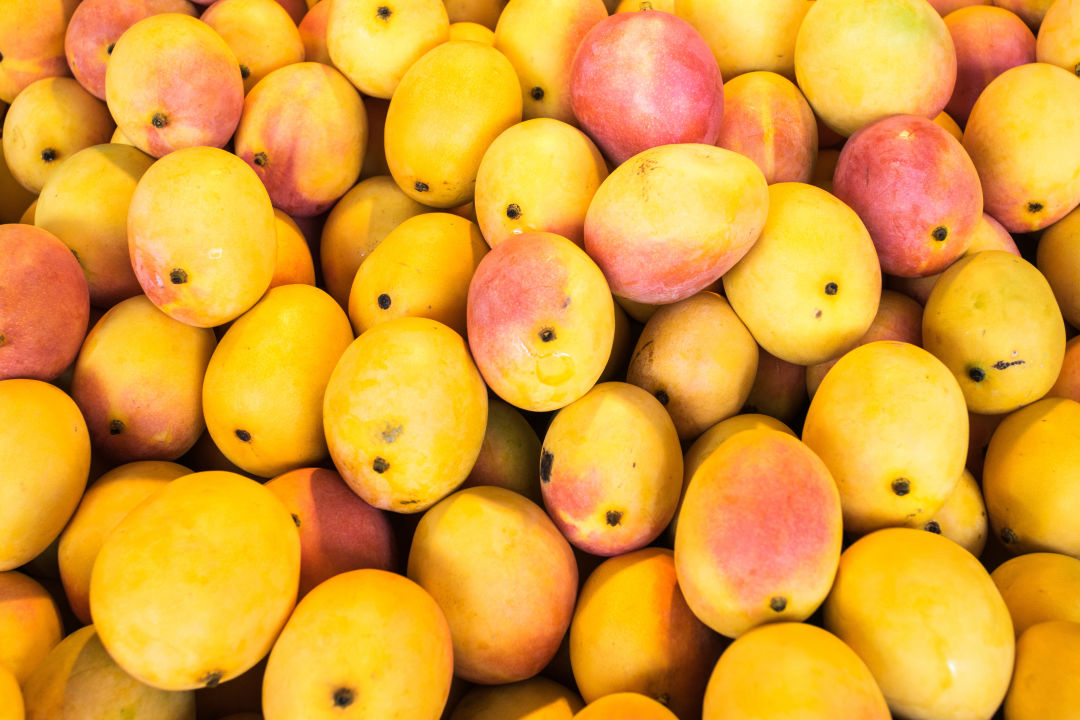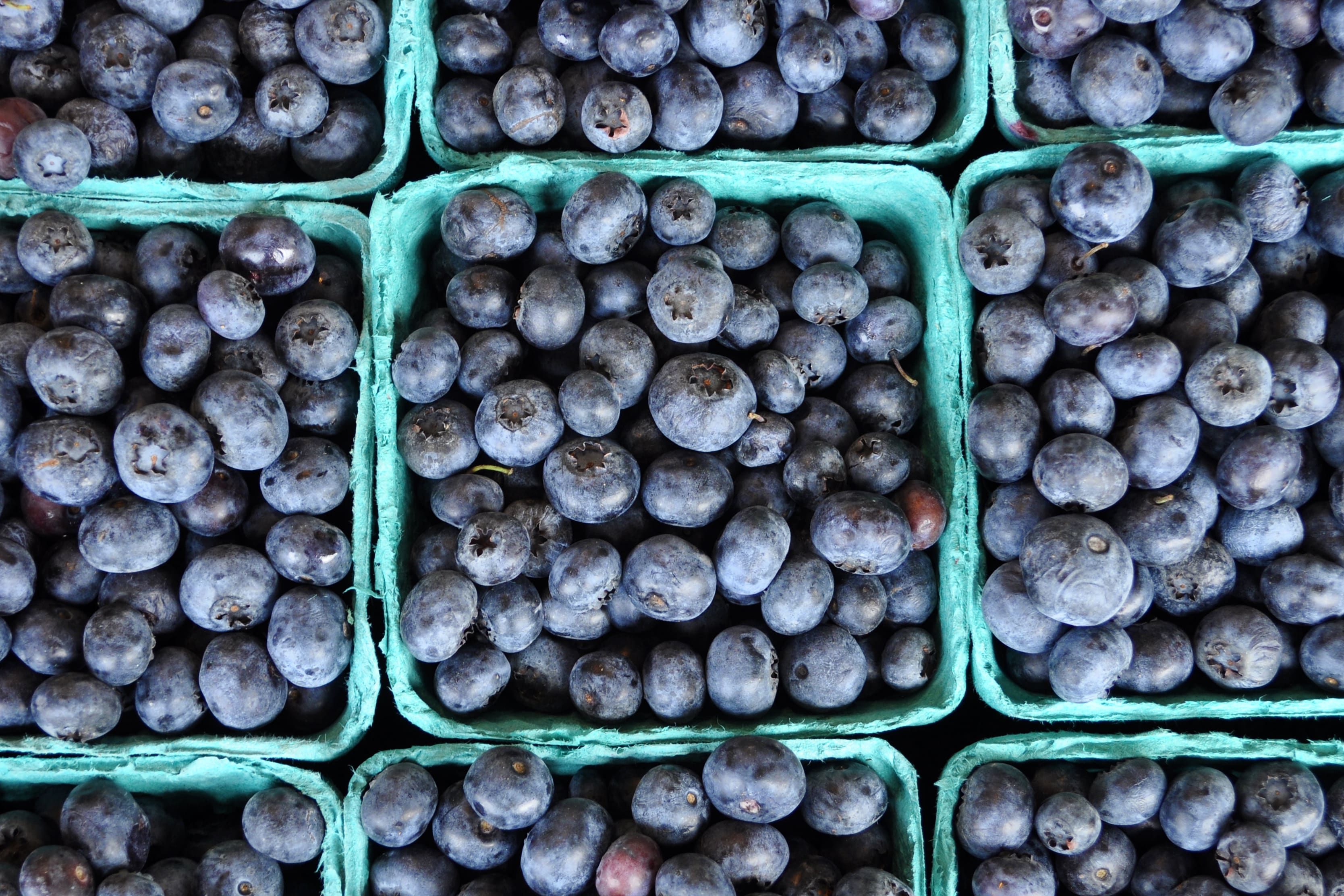Mad for Mangoes? Plant These Trees and Enjoy Them All Year

Image: Shutterstock
If you, like so many of us, can’t get enough of that glorious golden globe of summer, the mango, you’re in luck. Turns out that, among all tropical fruit trees, mangoes are the easiest to grow.
“It’s the only one you can treat like your mother-in-law: Ignore it,” says Will Wright, chairman of the Tropical Fruit Society of Sarasota, who grows 14 varieties of mangoes (as well as “oddball” fruit trees like the kwai muk, a relative of the jackfruit) in his one-acre backyard orchard on the mainland side of Boca Grande.
The mango tree has evolved over time in areas of poor soil, he explains, and only needs to be fed low- or no-nitrogen fertilizer once a year after it fruits. After it fruits, too, tip all the branches with your hand shears so the tree will grow lush and thick. If you do, says Wright, “You’ll get twice as many mangoes next time.” He points in admiration to Dr. Richard Campbell, former longtime tropical fruit curator at Fairchild Tropical Botanic Garden in Coral Gables, who is considered the state’s top mango expert: “Last year, he got 300 fruits out of one Rosigold [mango] tree.”
Importantly, plant dwarf and semi-dwarf varieties that you can trim easily, instead of varieties like the Hayden that take over the landscape. “Our club and all the experts recommend it,” Wright says. “If you keep them 8 to 10 feet, just to provide fruit for your family, you won’t ever need a ladder.
“In the same amount of space of a mature Hayden, you could have four or five dwarf trees,” Wright says, “and with a little bit of planning, you could have fruit from beginning in late March to mid-April, all the way to October.”
That’s nirvana for Wright and others who are passionate about growing their own mangoes. If you’ve only eaten the Tommy Atkins variety sold in grocery stores, you’ll know why. Tommy Atkins mangoes are bred so they’ll ship easily and have a long shelf life. They’re beautiful to look at, but highly fibrous and not very sweet. Make friends instead with someone who has a Maha Chanook mango tree, or any of the some-400 other varieties that grow in Florida, and you’ll understand their indescribably delicious allure.
“The ones you grow in your yard are orders of magnitude better than what you can buy at the grocery store,” Wright says. In fact, “The only way I can have friends is by bribing them with mangoes.”
Plant This
“If you asked 10 different experts on what mango trees they would recommend for establishing such an extended harvest, you would likely get 10 different answers,” says Will Wright, chairman
of the Tropical Fruit Society of Sarasota.
But for Wright, the ones he would plant, starting with earliest, are rosigold, pickering, cogshall and maha chanook (this is a small tree, wonderful fruit that bears all summer long, in waves).
And, finally, a Keitt. “Keitt is not a dwarf tree, but it is worth having because it is the only mango I know of that the fruit will not ripen on the tree; it has to be picked and then wait five days or so. The fruit on the Keitt is excellent, and it will hang on the tree until November, if you can keep the four-legged critters and the two-legged scoundrels from stealing your fruit.
“To have mangoes in October-November, for me, it is worth the trouble,” Wright told us in November. “I ate my last Keitt mango yesterday.”



